Japanese Iris, also known as Kakitsubata, Rabbit-Ear Iris, Shallow Flowered Iris, or Water Iris, is a stunning perennial plant with the botanical name Iris laevigata. Belonging to the Iridaceae family, this plant is native to regions stretching from Southern Siberia to Japan. Known for its bulbous growth habit, it thrives in wet environments, making it an excellent choice for planting near ponds, streams, or other water features.
This deer-resistant plant is not only practical but also highly ornamental, with its vibrant flowers paired with thick, striped foliage that adds elegance and texture to any garden. A favorite in cottage gardens and flower beds, the Japanese Iris also attracts hummingbirds, making it both a visual and ecological asset in the landscape. When planted in groups, its bouquet-like display creates a captivating effect that enhances the overall appeal of any outdoor space.
| Common name | Japanese Iris, Kakitsubata, Rabbit-Ear Iris, Shallow Flowered Iris, Water Iris |
| Botanical name | Iris laevigata |
| Family | Iridaceae |
| Species | laevigata |
| Origin | Southern Siberia to Japan |
| Life cycle | Perennial |
| Plant type | Bulb |
| Hardiness zone | 5, 6, 7, 8, 9 |
| Sunlight | Full Sun |
| Maintenance | Low |
| Soil condition | Clay |
| Soil ph | Acid |
| Drainage | Poorly Drained |
| Growth rate | Medium |
| Flowering period | Fall |
| Flower color | Blue |
| Leaf color | Green |
| Flower benefit | Good Cut |
| Garden style | Cottage Garden |
| Uses | Pond |
I. Appearance and Characteristics
Iris laevigata, known as Japanese iris, rabbit-ear iris, or shallow-flowered iris (Japanese: kakitsubata カキツバタ), is a species of flowering plant in the family Iridaceae, native to Japan. It is related to other members of Iris subgenus Limniris, including other species of Japanese irises.
It is found growing in shallow waters and seems to prefer marshy and still ponds, although it can also be grown in damp soil if conditions are right. Flowers are usually blue, purple or violet and have unique colour patterns including some types with predominantly white flowers with blue spots (washino-o), and dark purples bordered with white (maikujaku).
Synonyms include I. albopurpurea and I. phragmitetorum.
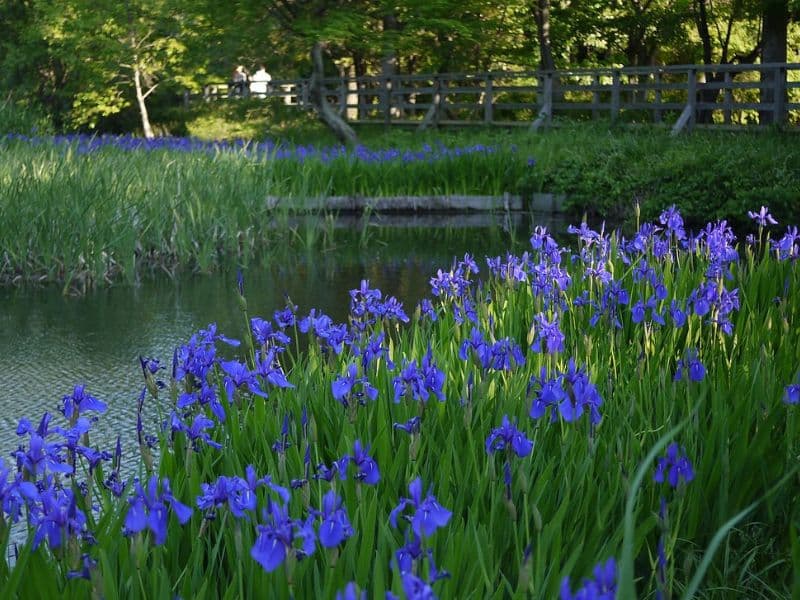
Iris laevigata differs from other Japanese irises mainly in being more dependent on water and in lacking the strong midrib of the foliage. When grown from seeds, it usually germinates in 30–545 days although even under good conditions germination may be erratic. Seeds are sown about 6 mm deep in a peaty seed sowing mix at about 15–20 °C with frequent watering. Some varieties are almost ever-blooming even in mild climates, which makes it a good candidate for water gardens in temperate zones.
This plant has been cultivated in Japan for more than a thousand years and some varieties mentioned in Japanese gardening books in the late 17th century are still in existence.
The variegated cultivar I. laevigata ‘Variegata’ has gained the Royal Horticultural Society’s Award of Garden Merit.
II. How to Grow and Care
Sunlight
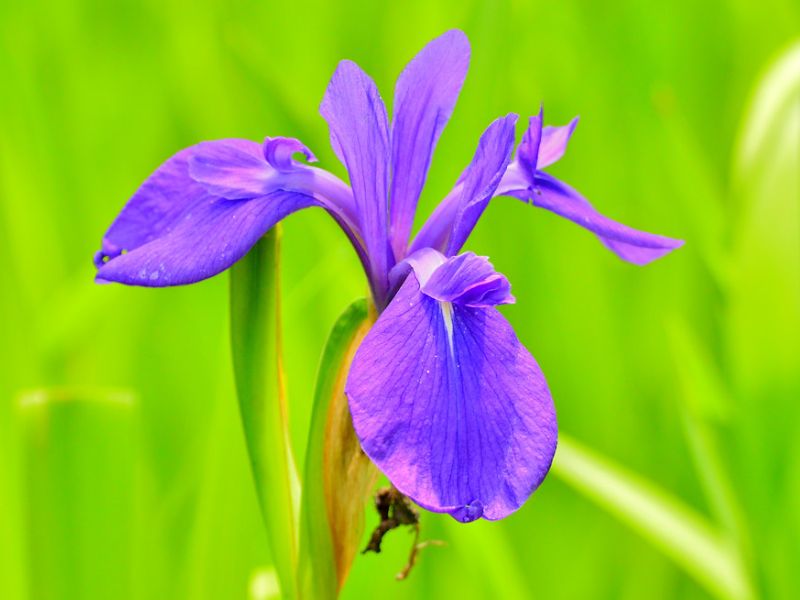
Rabbitear iris likes sufficient sunlight. It needs to receive more than 6 hours of light per day and can be planted in a garden with no shade. It can also grow in slightly shady environments, but the quality of its blooms and disease resistance may decrease. Some varieties tolerate environments with less light and can grow in the shade of other plants.
Temperature
Rabbitear iris likes sufficient sunlight. It needs to receive more than 6 hours of light per day and can be planted in a garden with no shade. It can also grow in slightly shady environments, but the quality of its blooms and disease resistance may decrease. Some varieties tolerate environments with less light and can grow in the shade of other plants.
Watering
Originating from wetland margins, rabbitear iris thrives in moist environments and exhibits a preference for consistent moisture. This species is adapted to withstand brief periods of flooding yet can also tolerate short dry spells. Watering should be conducted once every week to maintain its preferred hydration level.
As an aquatic plant often found at the water’s edge, rabbitear iris excels when planted in outdoor garden ponds or boggy conditions where it can naturally regulate its water intake through its rhizomatous roots.
Soil
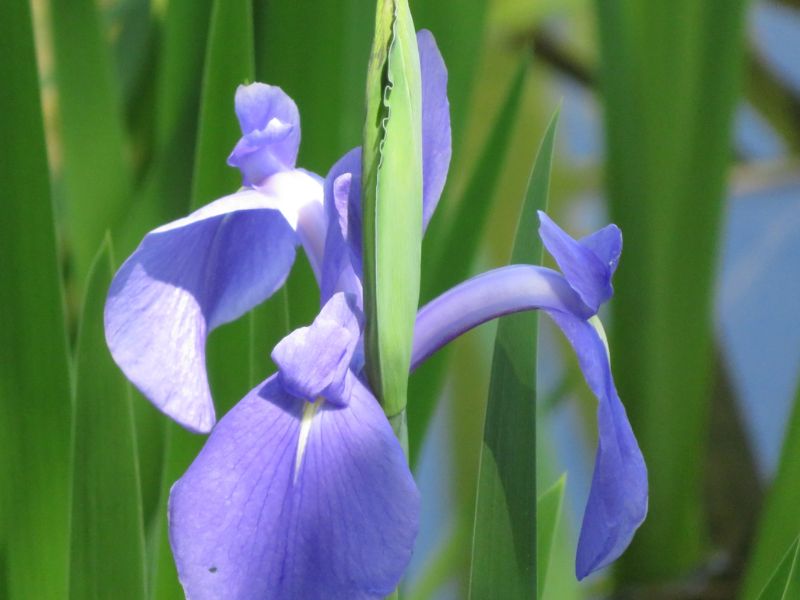
Rabbitear iris likes loose, fertile, and well-drained soil, but can also grow in dry and barren earth. It likes slightly acidic or neutral soil with a pH value of 6.0-7.0. Sulfur can be added to improve alkaline soil, while lime can be added if the soil is acidic.
Fertilizing
For rabbitear iris, a well-timed fertilization regime supports robust growth and vibrant blooms. In spring, apply a balanced fertilizer to kick-start growth. As buds form, switch to a high-phosphorus variety to enhance flowering. Fertilize every 4-6 weeks, using amounts specified on the product label, to maintain plant health without overfeeding. Reduce fertilization after blooming ceases and refrain in winter.
When applying, distribute evenly around the plant’s base, avoiding direct contact with foliage. Seasonal adjustments are critical; over-fertilization can damage rabbitear iris. Novice gardeners should use care with dosage, while veterans may tailor to rabbitear iris’s response.
Planting Instructions
It’s best to plant rabbitear iris in the summer. Choose a spot with ample sunlight and good drainage, and turn up the soil to 25 cm deep. Then topdress with fertilizer and mix in evenly. When planting, you can cut the leaves to 15 cm in length, which helps reduce water evaporation and increase the survival rates. Finally, cover the rhizome in the soil. Avoid letting the roots get dehydrated for too long during planting, and water right after planting.
Pruning
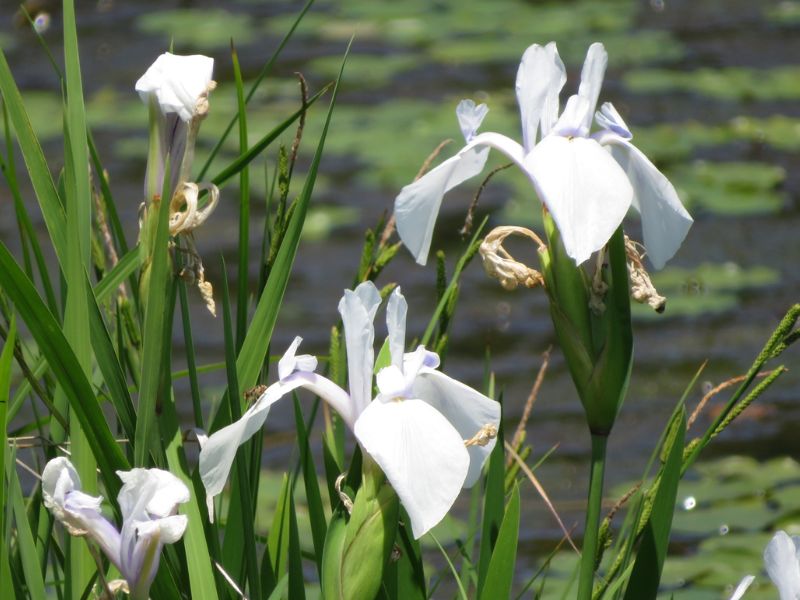
Cut off the bloom-bearing stalks after blooming to reduce nutrition consumption. Some varieties may bloom again. In the fall, prune old and dry leaves to improve the plant’s inner ventilation and prevent pests and diseases.
Propagation
Because seeding may result in changes in the colors and shapes of flowers, it’s best not to propagate the plant by seeding. Rabbitear iris can be propagated by division, and it is usually carried out 2-3 months after blooming. Divide the plant with a sharp knife, retaining a 15 cm-long rhizome on each piece. Cut off the old, dried parts and trim the leaves to 15 cm in length. Keep the plants 30 cm apart from each other (for dwarf varieties, the distance can be reduced to 15 cm).
Transplanting
Ideally, rabbitear iris should be transplanted during the late summer or early autumn (S1), as this allows the plant plenty of time to establish roots before winter. While rabbitear iris can adapt to various locations, it favors a moist, well-drained spot. Ensure to keep the plant hydrated post-transplant for optimal growth.
III. Harvesting and Storage
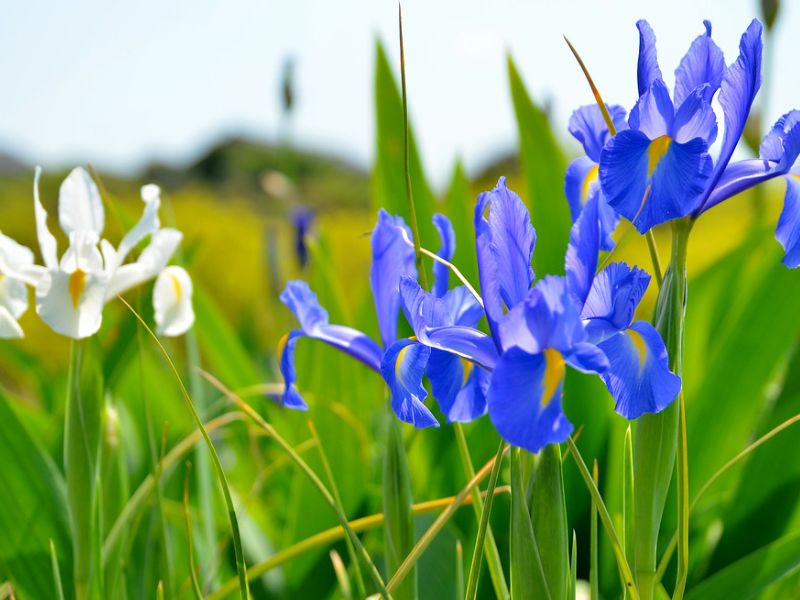
Rabbitear iris flowers can be harvested for bouquets. Choose not-fully-bloomed flowers and cut them off from the stem base obliquely with a pair of sharp gardening scissors. Quickly put the flower in a vase with clean water to avoid its dehydration.
Find Where to Buy the Best Japanese Iris (Iris laevigata)


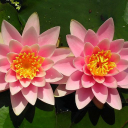
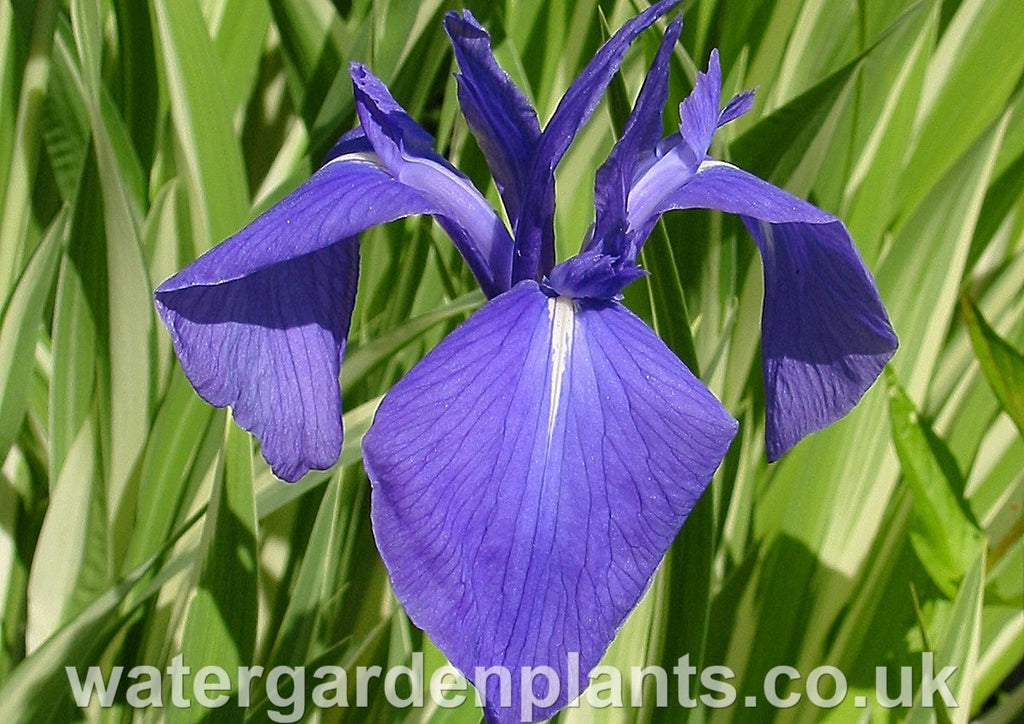

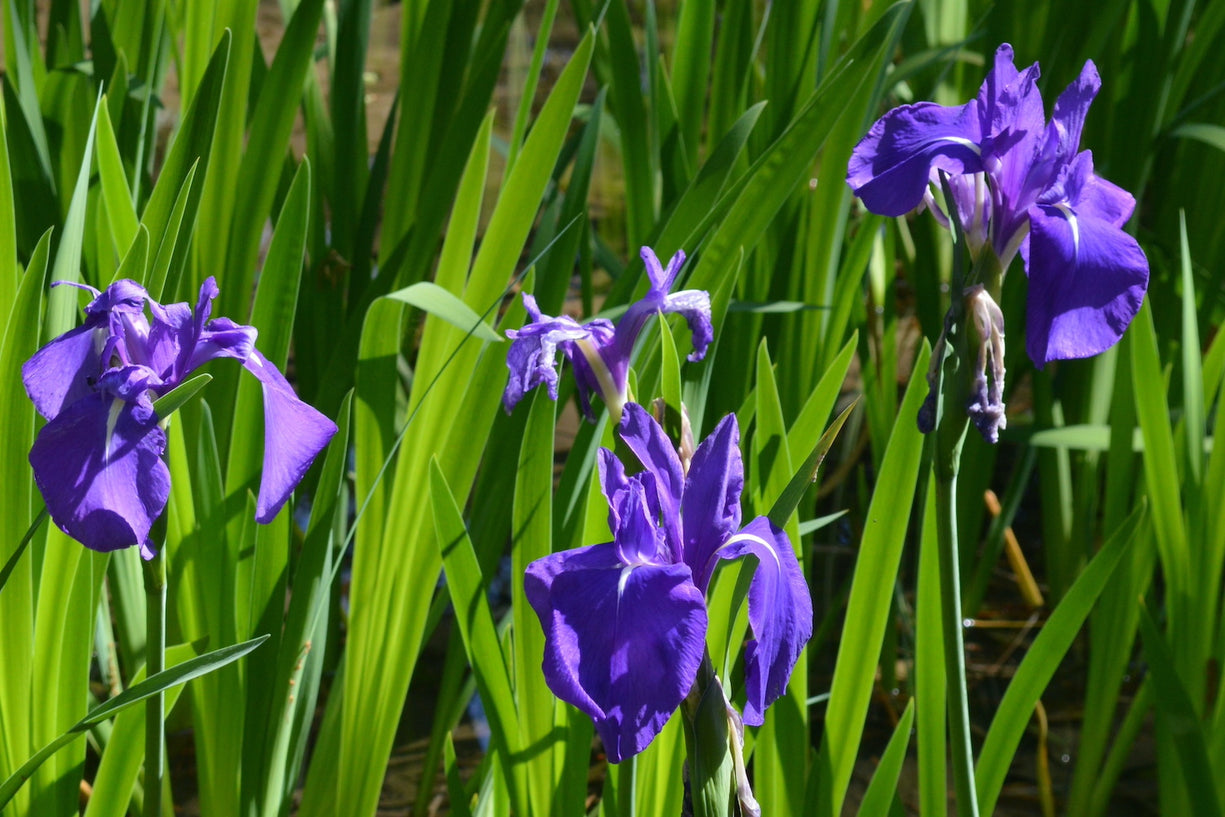
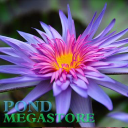
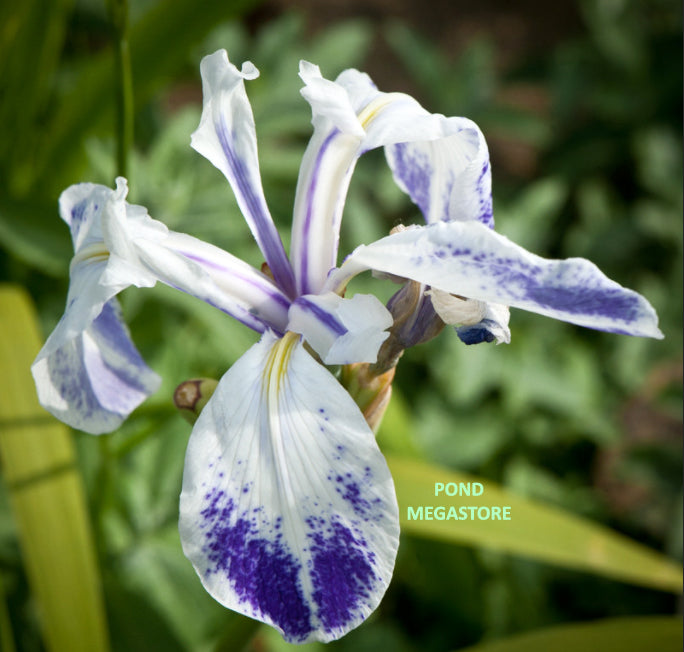










Leave a Reply